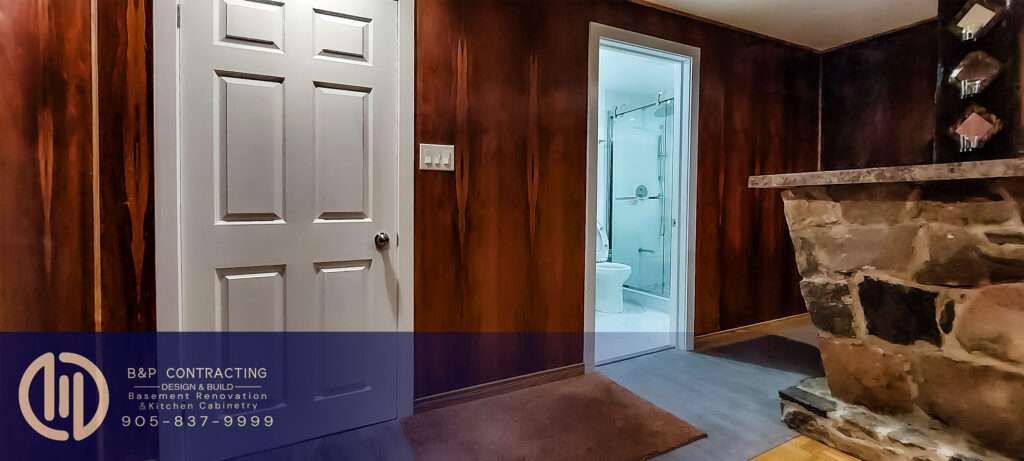Challenges of finishing an old house basement

Renovating an old house basement can be an exciting endeavor, offering the opportunity to transform a neglected space into a functional and inviting area. However, this task comes with its own set of challenges, especially when dealing with moisture issues, limited access, and health and safety concerns. In this article, we’ll explore these challenges in detail and discuss strategies for overcoming them.
1. Moisture Issues:
Moisture is one of the most common and problematic issues encountered when finishing an old house basement. Due to the age of the structure and possible lack of proper waterproofing measures, moisture infiltration can lead to a host of problems such as mold growth, musty odors, and structural damage
Causes of Moisture Issues:
- Poor Drainage: Older homes may lack adequate drainage systems, leading to water pooling around the foundation walls.
- Cracks and Gaps: Over time, the foundation walls and floors of an old basement can develop cracks and gaps, allowing water to seep in.
- High Humidity: Poor ventilation and insulation can contribute to high humidity levels in the basement, promoting condensation and moisture buildup.
Strategies for Addressing Moisture Issues:
- Waterproofing: Prior to finishing the basement, it’s crucial to address any existing moisture problems through waterproofing techniques such as exterior waterproofing, interior sealants, and installing drainage systems.
- Proper Ventilation: Installing a dehumidifier and ensuring adequate ventilation can help control humidity levels and prevent condensation.
- Repairing Cracks: Seal any cracks or gaps in the foundation walls and floors to prevent water infiltration.
2. Access:
Another challenge when finishing an old house basement is limited access. Older homes often have narrow staircases, low ceilings, and awkward layouts, making it difficult to transport materials and maneuver within the space.
Addressing Access Issues:
- Evaluate Staircase: Assess the staircase leading to the basement and consider whether it needs to be widened or modified to accommodate larger items.
- Optimize Layout: Design the layout of the finished basement with accessibility in mind, ensuring there are clear pathways and sufficient space to move around.
- Use Modular Components: Choose modular furniture and fixtures that can be easily assembled and disassembled to navigate tight spaces.
3. Health and Safety Concerns:
Old house basements may pose various health and safety risks that need to be addressed during the finishing process. These include concerns related to structural integrity, electrical wiring, and indoor air quality.
Mitigating Health and Safety Risks:
- Structural Assessment: Before starting any renovation work, have a professional inspect the structural integrity of the basement to identify any issues such as deteriorating foundation walls or sagging beams.
- Electrical Upgrades: Ensure that the electrical wiring in the basement meets current safety standards and consider upgrading to GFCI outlets and modern lighting fixtures.
- Mold Prevention: Take proactive measures to prevent mold growth by addressing moisture issues, using mold-resistant materials, and maintaining proper ventilation.

Conclusion
In conclusion, finishing an old house basement presents unique challenges that require careful planning and execution. By addressing moisture issues, optimising access, and prioritising health and safety concerns, homeowners can successfully transform their basement into a functional and safe living space. With proper attention to these challenges, the end result can be a beautiful and comfortable addition to the home
Read Related Article:Why Basement is Humid
